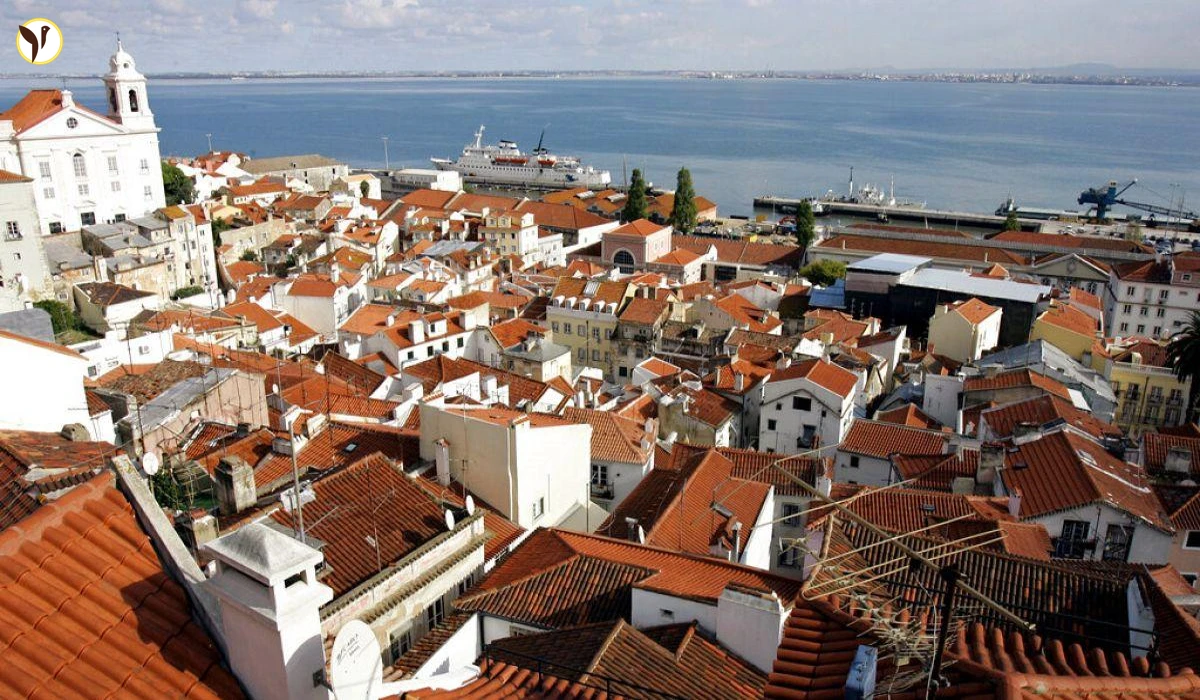Santorini Earthquake Swarm: A Growing Concern
A series of earthquakes has been shaking the Greek island of Santorini and the surrounding Aegean Sea since late January 2025, leaving residents and tourists on edge. While the tremors have mostly been of moderate intensity, their frequency and recent increase in magnitude have prompted concerns and precautionary measures.
The Science Behind the Shakes
Dr. Frédérique Leclerc, a researcher at Geoazur University in Nice, specializes in the seismic activity of the Santorini and Amorgos region. She explains that this area is geologically complex, characterized by both tectonic activity – the stretching and fracturing of the Earth's crust – and volcanism. The underwater Kolumbo volcano, responsible for a major eruption in 1650, adds another layer of complexity.
- Tectonic Forces: The Aegean Sea floor is constantly expanding, creating large normal faults. A powerful earthquake in 1956, off the coast of Amorgos and Santorini, highlights the region’s seismic potential.
- Volcanic Influence: The presence of magma reservoirs beneath the surface adds another element to the seismic picture. The recent earthquake swarm, unlike typical tectonic events, shows a pattern of increasing magnitudes rather than a large initial quake followed by smaller aftershocks. This leads scientists to suspect that the movement of fluids, such as magma and gases, could be triggering the tremors.
- Monitoring Challenges: Tracking the current crisis is hampered by the fact that many of the quakes are originating underwater, near the uninhabited island of Anydros. Limited instrumentation makes precise analysis difficult, but Greek researchers are rapidly deploying more seismological stations.
Dr. Leclerc emphasizes that while the current situation isn't yet comparable to the 1956 earthquake or the 1650 eruption (both of which caused tsunamis), the possibility of future tsunamis cannot be ruled out. The uncertainty about whether the tremors are primarily tectonic or volcanic in origin adds to the complexity.
Precautionary Measures and Ongoing Monitoring
The Greek government has responded swiftly to the escalating situation. Schools have been closed on Santorini and nearby islands as a precaution. Hotels are emptying their pools to mitigate potential structural damage from strong tremors. Authorities have also designated assembly points for residents and tourists in case of evacuation. The UK's Foreign, Commonwealth & Development Office (FCDO) has updated its travel advice for the region, echoing the Greek government's recommendations to avoid certain coastal areas and follow local safety guidelines.
Santorini's unique landscape, with its cliffside villages, presents both stunning beauty and increased risk during seismic activity. The steep cliffs increase the potential for landslides, making the situation even more precarious. This increased risk has many residents and tourists alike feeling concerned. Michalis Gerontakis, a Santorini resident, describes the experience of frequent tremors as unsettling.
While scientists are working to better understand the nature of the current earthquake swarm, the possibility of a larger event remains a concern. Prominent seismologist Gerasimos Papadopoulos has warned that the situation is evolving and all scenarios are still possible. Despite the uncertainties, the Greek authorities are working diligently to maintain safety and inform the public, emphasizing the importance of calm and adherence to safety guidelines.
What You Should Know If You're in Santorini
If you are currently visiting or plan to visit Santorini, monitor the official advisories from the Greek government and your home country's foreign office for the latest updates. Remain aware of your surroundings and follow any instructions given by local authorities. Insurance considerations are also important; check your travel insurance policy to see what coverage you have in case of disruptions due to natural events.
Conclusion
The earthquake swarm near Santorini is a developing situation that underscores the geological dynamism of the Aegean region. While the immediate risk is currently assessed as moderate, the uncertainty surrounding the origin and potential for escalation keeps the situation under close watch by scientists and authorities. Staying informed through official channels and exercising caution are essential for visitors and residents alike. The situation continues to evolve, highlighting the importance of preparedness and awareness of natural hazards in earthquake-prone regions.


/content/stories/thumb/thumb691d8a15dd6d49.24801741.webp)
/content/stories/thumb/thumb691d677e3e1493.00714451.webp)
/content/stories/thumb/thumb691d6869b1f544.98277568.webp)
/content/stories/thumb/thumb691d5a7995a377.09771198.webp)
/content/stories/thumb/thumb691c6883320f32.63242210.webp)


